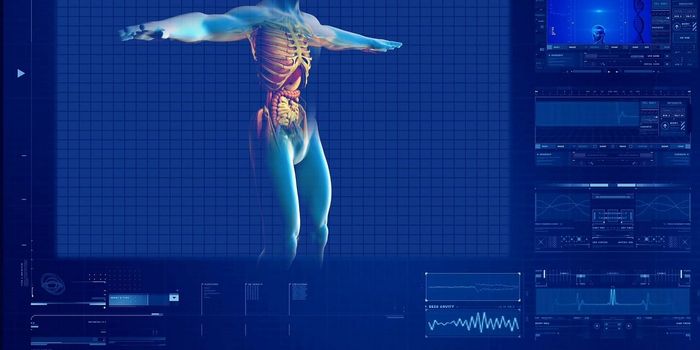MIT creates physics-based tool to predict lightning on future aircraft
What steps can be taken to mitigate lightning strikes on future aircraft designs? This is what a recent study published in IEEE Access hopes to address as a team of researchers investigated new methods for protecting future aircraft from lightning strikes, even experimental aircraft. This study has the potential to help protect aircraft from future lightning strikes, with estimates putting the number of aircraft lightning strikes ranging from 70 to 100 per day.
For the study, the researchers led by the Massachusetts Institute of Technology (MIT) proposed a new physics-based model for improving longstanding aircraft lightning protection systems that they note have gone unchanged for decades. The primary goal of this new method is to identify vulnerable sections of an aircraft, regardless of its design and configuration. Additionally, they examined the duration of time that lightning strikes linger on specific aircraft regions. In the end, the researchers found that their model successfully matched longstanding models for lightning protection systems, specifically identifying zones of concern, even for experimental aircraft still being designed and tested.
“Zoning unconventional aircraft is not an easy task,” said Dr. Ben Westin, who is an Electromagnetic Effects Engineer at Boeing and a co-author on the study. “But these methods will allow us to confidently identify which threat levels each part of the aircraft needs to be protected against and certified for, and they give our design engineers a platform to do their best work to optimize aircraft design.”
As noted, aircraft lightning strikes are estimated to occur between 70 to 100 times per day. Therefore, studies like this demonstrate novel approaches for improving aircraft lightning protection systems while prioritizing safety and reliability.
How will this new physics-based approach help protect future aircraft from lightning strikes in the coming years and decades? Only time will tell, and this is why we science!
As always, keep doing science & keep looking up!
Sources: IEEE Access, EurekAlert!
Image Credit: Nathanael Jenkins








